- News
- Reviews
- Bikes
- Components
- Bar tape & grips
- Bottom brackets
- Brake & gear cables
- Brake & STI levers
- Brake pads & spares
- Brakes
- Cassettes & freewheels
- Chains
- Chainsets & chainrings
- Derailleurs - front
- Derailleurs - rear
- Forks
- Gear levers & shifters
- Groupsets
- Handlebars & extensions
- Headsets
- Hubs
- Inner tubes
- Pedals
- Quick releases & skewers
- Saddles
- Seatposts
- Stems
- Wheels
- Tyres
- Tubeless valves
- Accessories
- Accessories - misc
- Computer mounts
- Bags
- Bar ends
- Bike bags & cases
- Bottle cages
- Bottles
- Cameras
- Car racks
- Child seats
- Computers
- Glasses
- GPS units
- Helmets
- Lights - front
- Lights - rear
- Lights - sets
- Locks
- Mirrors
- Mudguards
- Racks
- Pumps & CO2 inflators
- Puncture kits
- Reflectives
- Smart watches
- Stands and racks
- Trailers
- Clothing
- Health, fitness and nutrition
- Tools and workshop
- Miscellaneous
- Buyers Guides
- Features
- Forum
- Recommends
- Podcast
TECH NEWS
 Tour Tech 2017 - pedals Voeckler Look Keo Blade carbon - 1.jpg
Tour Tech 2017 - pedals Voeckler Look Keo Blade carbon - 1.jpgTour Tech 2017: pedals of the peloton
Whereas you’ll see a huge number of different saddles and handlebars used in the Tour de France, there are comparatively few different types of pedals. The vast majority of riders in the pro peloton use either Shimano or Look pedals because those two brands sponsor most of the WorldTour teams.
Plus, some teams like to have all of their riders on the same pedals so that a domestique can give a team leader his bike in the case of a mechanical emergency.
Race leader Chris Froome uses the new (well, still fairly new) Dura-Ace R9100 SPD-SL pedals. These pedals feature an injection-moulded carbon composite body with three small stainless steel plates across the centre to provide protection from wear.
The pedal platform is 66mm wide and provides plenty of stability.
We weighed Shimano’s top-level road pedals at 239g (for the pair; Shimano’s claimed weight is 228g) when we reviewed them recently. That’s not as low as some rivals but it’s still pretty light.
Read our review of Shimano Dura-Ace R9100 SPD-SL pedals here.
Many pros are still on 9000 Series Dura-Ace SPD-SL pedals, just a few grams heavier (a claimed 248g for the pair) and with a single stainless steel wear plate across the middle. In terms of performance, the difference is somewhere between negligible and non-existent. These are Philippe Gilbert’s pedals, for instance.
And these are Marcel Kittel’s.
The most popular Look pedals in the peloton are the Kéo Blade Carbons. As you probably know, the tension that retains the cleat is provided by a carbon leaf spring, or — in dramatic marketing-speak — a blade. Unlike the Shimano pedals (above), there’s no tension adjustment although you do get to choose from three different carbon blades which require different amounts of force to release.
Find out about Look Kéo Blade Carbon pedals here.
Fabio Aru has the version with a cromoly axle (above). These have a claimed weight of 220g for the pair.
Tommy Voeckler, on the other hand, has the version with a titanium axle. Posh! These have a claimed weight of just 180g.
Andre Greipel uses Kéo Blade Carbon pedals too, a strip of Lizard Skins bar tape added across the central stainless steel plate to avoid the possibility of unwanted movement.
Check out 10 of the best clipless pedals here.
These look like much cheaper Look Kéo 2 Max pedals on Brice Feillu’s time trial bike, a traditional metal spring providing the tension. They have a claimed weight of 260g.
Dmitriy Gruzdev has them on his TT bike too, as do quite a few other Astana riders.
Fortuneo-Oscaro use Look Kéo Power Dual Mode pedals. Eight strain gauges in the axle of each pedal enable the system to calculate a rider’s power output. The data is sent to a head unit via Bluetooth or ANT+ from a small pod that sits next to the crank arm.
The Kéo Power Dual Mode Regular pedals used by the pros measure each leg independently although an Essential version is available that measures just the left leg.
Learn how to ride road clipless pedals here.
Reinardt Janse van Rensburg’s bike is fitted with Speedplay Zero pedals whereas all the other Dimension Data bikes we’ve seen at the Tour de France have Shimano.
Speedplays are different from other brands in that there’s no cleat retention mechanism on the pedal itself, the locking mechanism is in the cleat. The pedals can also be engaged on both sides.
Some people like Speedplays because of the amount of float (foot movement while remaining engaged) that they offer – up to 15°.
Check out all of our pedal reviews here.
Time? Where are Time pedals in this roundup? Well, we didn’t see any on our tour of the teams prior to the start of the Tour de France, although there could be Time users that we didn’t spot.
Mat has been in cycling media since 1996, on titles including BikeRadar, Total Bike, Total Mountain Bike, What Mountain Bike and Mountain Biking UK, and he has been editor of 220 Triathlon and Cycling Plus. Mat has been road.cc technical editor for over a decade, testing bikes, fettling the latest kit, and trying out the most up-to-the-minute clothing. He has won his category in Ironman UK 70.3 and finished on the podium in both marathons he has run. Mat is a Cambridge graduate who did a post-grad in magazine journalism, and he is a winner of the Cycling Media Award for Specialist Online Writer. Now over 50, he's riding road and gravel bikes most days for fun and fitness rather than training for competitions.
Latest Comments
- Destroyer666 3 hours 28 min ago
Anodizing the aluminium is also for corrosion resistance and therefore enhances the longevity of the rims while this is not really a case for...
- bobbinogs 4 hours 42 min ago
Wheelsmith has always been very good for me. Malcolm was always very opinionated so I got bored with him telling me I should be riding tubeless,...
- Terry Hutt 5 hours 1 min ago
I assume you can carry an e-bike battery on the tube if you leave the bike at home. ...
- chrisonabike 6 hours 3 min ago
I love it - it's a roundabout with a sculpture of a roundabout on its desk!
- cmedred 6 hours 4 min ago
From the position of the cyclist when the video starts and the position of the bike later, it looks highly unlikely that the cyclist went "into the...
- Rendel Harris 6 hours 10 min ago
To rhyme with design. I wondered this myself so looked it up a while ago, according to the founder Micki Kozuschek he and his team had a few...
- Rendel Harris 7 hours 4 min ago
It's not being pedantic at all, careless driving is successfully prosecuted (and I have been in court more than once when a driver has been...
- HLaB 7 hours 27 min ago
It's hopefully an urban myth but I heard it was designed that way on purpose, so the cyclepath captured any flooding and the busway would remain clear
- mdavidford 7 hours 30 min ago
I should imagine eating chopsticks anywhere could be potentially rather perilous.
- Rendel Harris 7 hours 48 min ago
When The Badger stopped for protesters (albeit dockworkers rather than farmers) it was their stress gauges rather than his that would have been...



















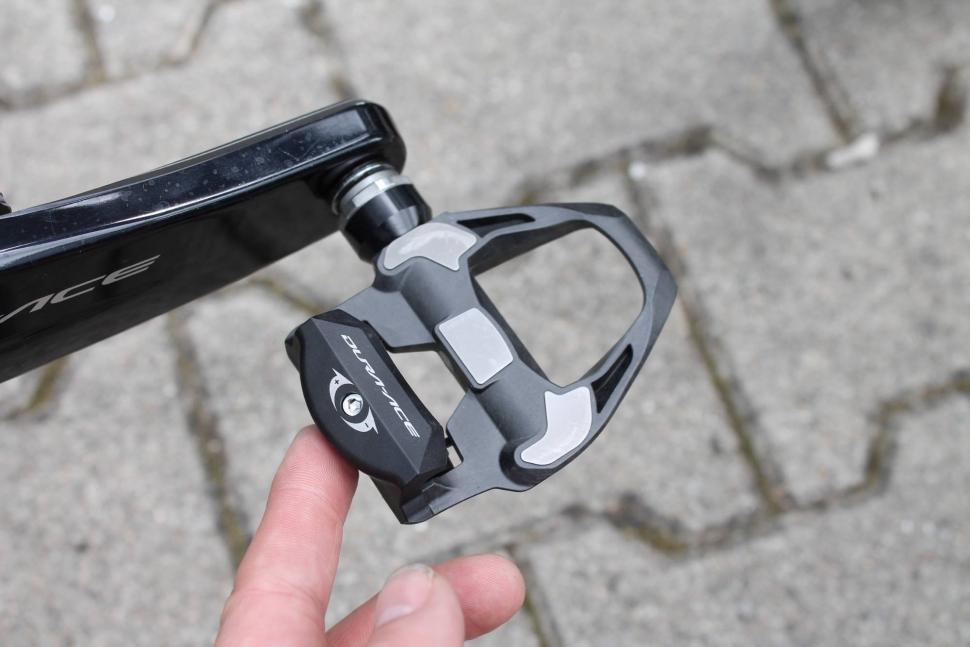
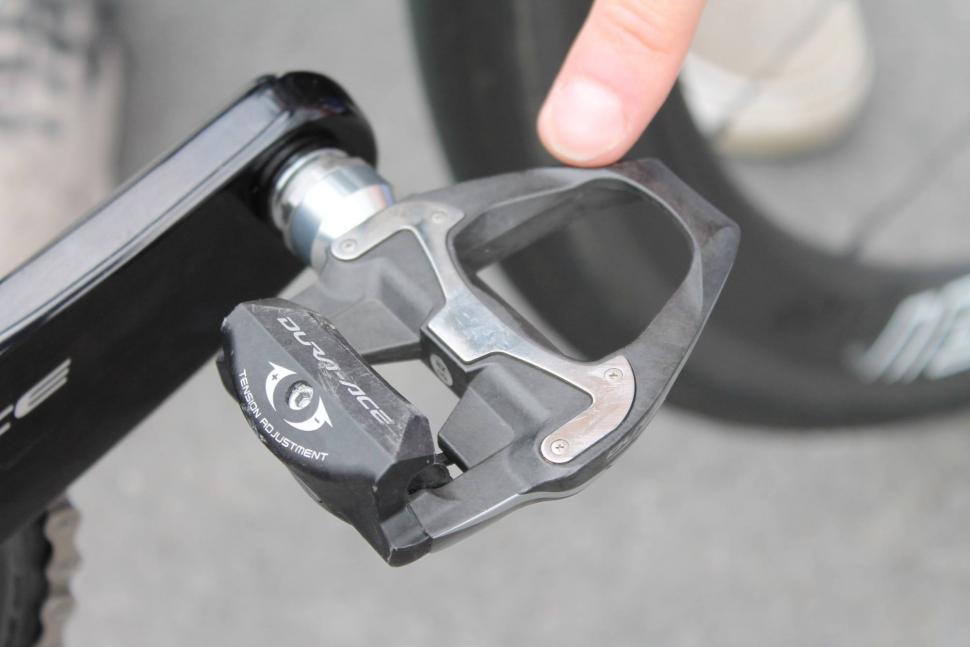

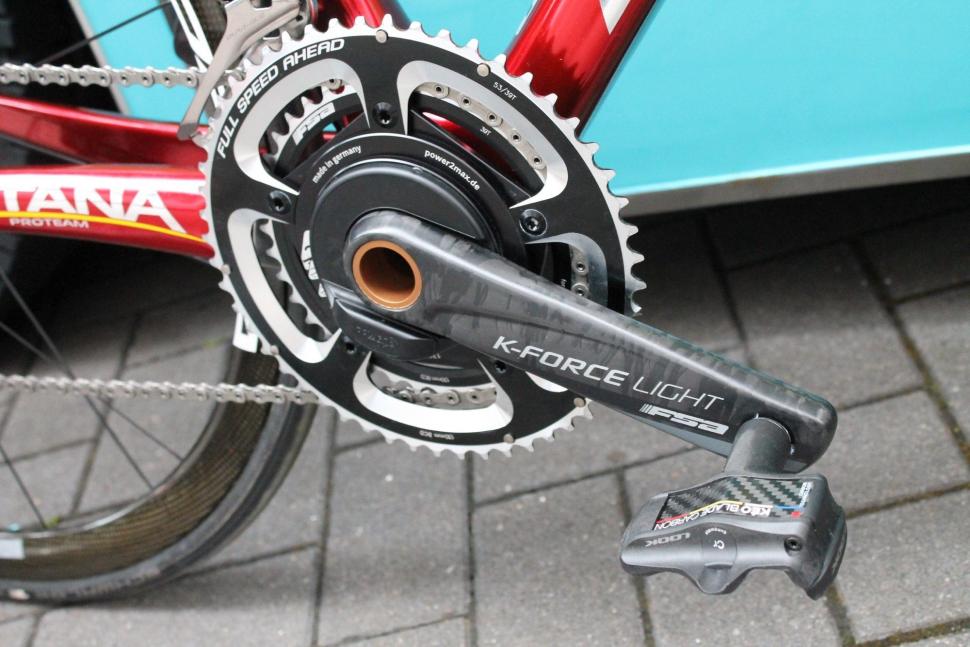
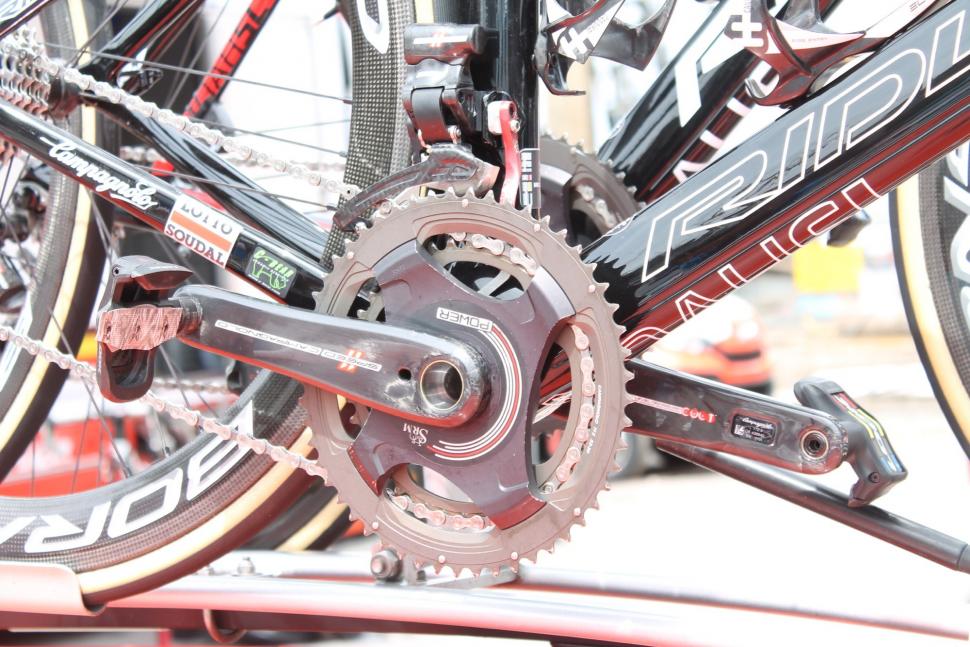
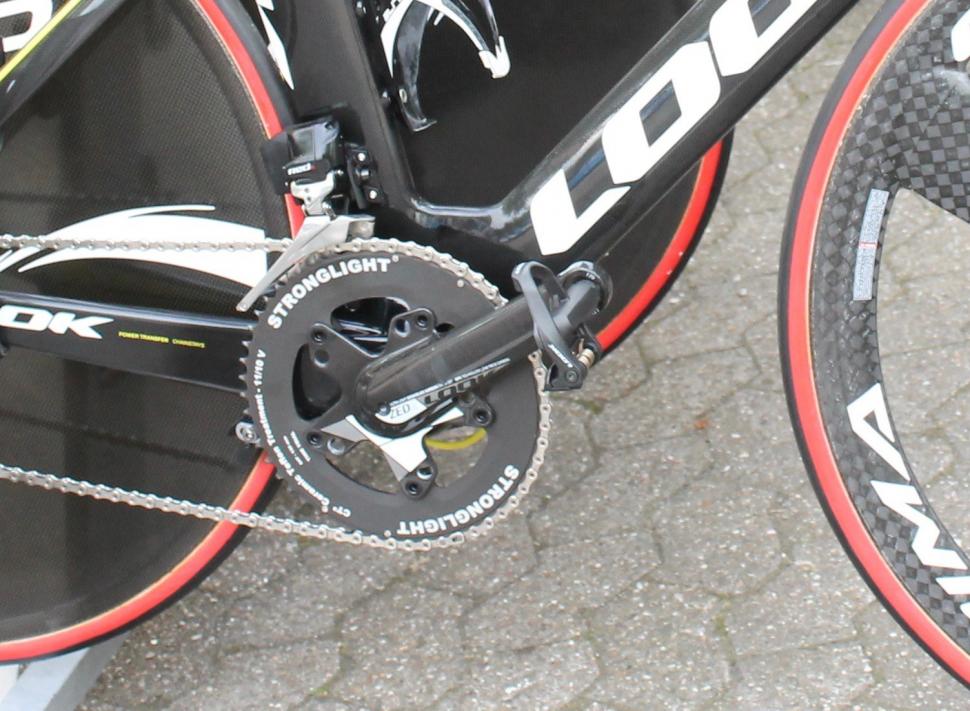


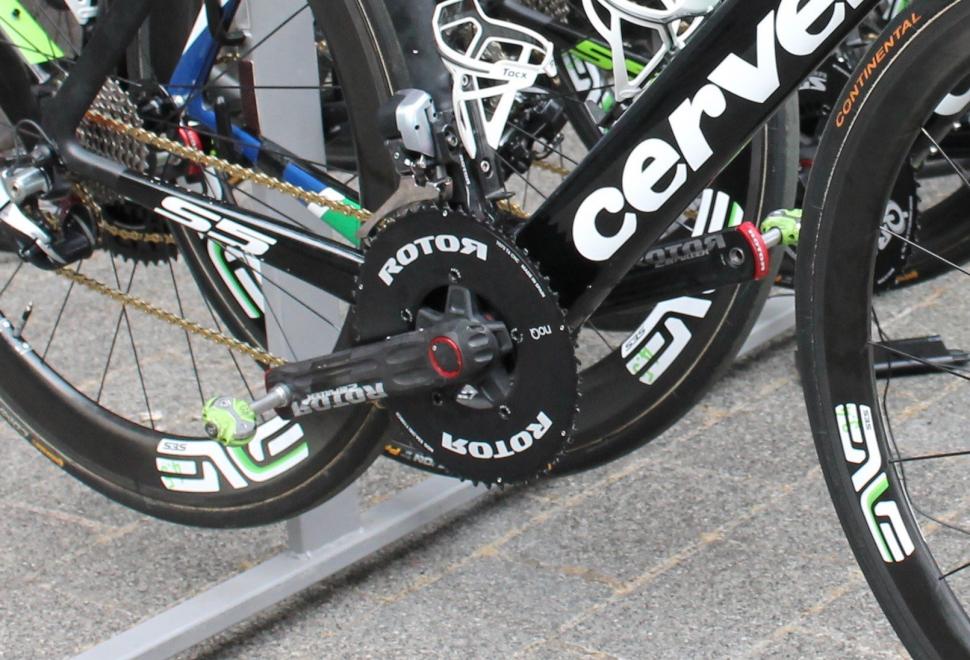
Add new comment
4 comments
And the big question; why is bar tape being kept under wraps?
Next week on road.cc, rider's toothbrushes of the pro peleton!
Good job it's only a 3 week tour or we'd be on to stem bolts
I want a full exposé of their nipples!